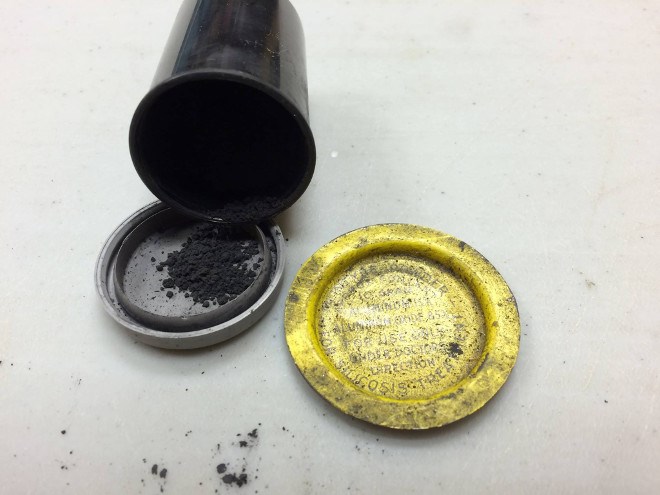Validation.
That’s the immediate feeling that washed over Janice Martell after attending the 2017 Keele Meeting on Aluminum in Vancouver, a biennial event that gathers international experts to talk about their research into aluminum.
Martell, the founder of the McIntyre Powder Project, participated in the renowned symposium with researchers from the Occupational Health Clinics for Ontario Workers (OHCOW), with whom she’s been working to catalogue health effects in miners who inhaled aluminum while working in Northern Ontario mines.
“Some of these questions that I've had for a few years now, I could just literally turn to the guy at the next table, who happened to be an eminent researcher in this field, and ask that question and get the answer,” said Martell, who attended the meeting March 5 to 8.
“They absolutely support that I'm on the right track with this and that OHCOW is on the right track with the database in studying this.” Martell started the project after her father, retired miner Jim Hobbs, was diagnosed with Parkinson’s disease in 2001.
She suspects the inhalation of finely ground McIntyre aluminum powder — a requirement of his employment — is the cause of his illness, and has been lobbying the Ontario government for further study of health trends in miners like her father.
Until now, interest in the research being done by Martell and OHCOW has been largely limited to Ontario. But Keele changed that, and exposure to an international, expert audience brought Martell a sense of relief and optimism that her work would continue.
“It was really profound to have it so well received, and to have people on board looking at our miners, because they really haven’t been studied,” she said. “It’s abysmal what has been done for these guys.”
The practice of inhaling McIntyre Powder was applied to miners between 1943 and 1980. Workers could be fired if they didn’t comply.
In the time since the practice was discontinued, only two follow-up studies have been done.
Many miners have developed health issues — everything from neurodegenerative diseases to respiratory conditions — which many suspect was caused by the aluminum powder.
Funded by the Workplace Safety and Insurance Board (WSIB), OHCOW took on the cause last year, holding a series of intake clinics, where miners were interviewed to gather their health and work histories. But funding for the project has run out, and an application to the WSIB for new funding has not been approved.
Martell believes the miners deserve compensation for the “psychological distress” associated with being part of a “big, industrial health experiment” and not knowing if it would cause them harm or kill them.
“They weren’t given a choice,” she said. “It’s just fundamentally wrong, and I hope that even in that vein they will get some assistance.”
Without the funding from WSIB, Martell said the OHCOW work will lose its momentum and go into a queue with all the other worker inquiries received by the organization. It could take years to do a proper investigation into McIntyre Powder and potential associated diseases.
But the Keele meeting introduced Martell to researchers and scientists who are interested in continuing the work on the database started by Martell and OHCOW. She’s hopeful the issue will get more scrutiny so the project’s funding isn’t reliant on WSIB approval alone.
“This is important,” she said. “They ought to have been followed up on decades ago and they weren’t.”
In the meantime, Martell continues to travel to speak about her work. In March she was a guest speaker at McMaster University in Hamilton as part of the school’s Speaker Series in the School of Labour Studies.
She has additionally spoken before a group of Master’s students in Laurentian University’s Occupational and Environmental Epidemiology program. In Sudbury in April, she is slated to speak at the 2017 Mining Health and Safety Conference hosted by Workplace Safety North.




